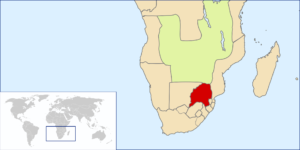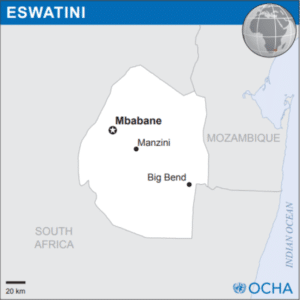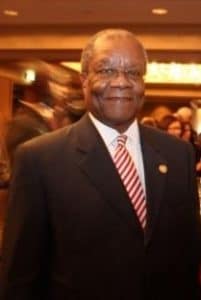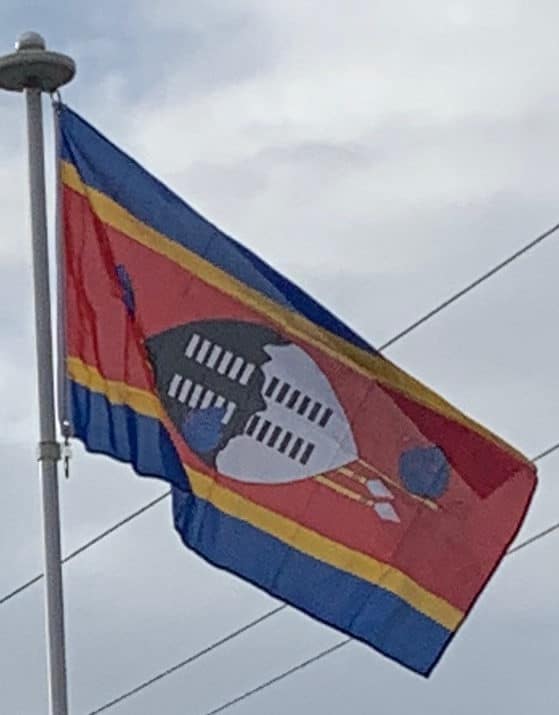
In the period between 1923 and 1963, Sobhuza II established the Swazi Commercial Amadoda which was to grant licences to small businesses on the Swazi reserves and also established the Swazi National School to counter the dominance of the missions in education. His stature grew with time and the Swazi royal leadership was successful in resisting the weakening power of the British administration and the incorporation of Swaziland into the Union of South Africa.
The constitution for independent Swaziland was promulgated by Britain in November 1963 under the terms of which legislative and executive councils were established. This development was opposed by the Swazi National Council (liqoqo). Despite such opposition, elections took place and the first Legislative Council of Swaziland was constituted on 9 September 1964. Changes to the original constitution proposed by the Legislative Council were accepted by Britain and a new constitution providing for a House of Assembly and Senate was drawn up. Elections under this constitution were held in 1967.
Independence – 1968–Today:
Following the 1967 elections, Swaziland was a protected state until independence was regained in 1968.

Following the elections of 1973, the constitution of Swaziland was suspended by King Sobhuza II who thereafter ruled the country by decree until his death in 1982. At this point, Sobhuza II had ruled Swaziland for almost 83 years, making him the longest-reigning monarch in history. A regency followed his death, with Queen Regent Dzeliwe Shongwe being head of state until 1984 when she was removed by the Liqoqo and replaced by Queen Mother Ntfombi Tfwala. Mswati III, the son of Ntfombi, was crowned king on 25 April 1986 as King and Ingwenyama of Swaziland.
The 1990s saw a rise in student and labor protests pressuring the king to introduce reforms. Thus, progress toward constitutional reforms began, culminating with the introduction of the current Swazi constitution in 2005. This happened despite objections by political activists. The current constitution does not clearly deal with the status of political parties.
The first election under the new constitution took place in 2008. Members of parliament were elected from 55 constituencies (also known as tinkhundla). These MPs served five-year terms which ended in 2013.
In 2011, Swaziland suffered an economic crisis, due to reduced SACU receipts. This caused the government to request a loan from neighboring South Africa. However, they did not agree with the conditions of the loan, which included political reforms.
During this period, there was increased pressure on the Swazi government to carry out more reforms. Public protests by civic organisations and trade unions became more common. Starting in 2012, improvements in SACU receipts have eased the fiscal pressure on the Swazi government. A new parliament, the second since promulgation of the constitution, was elected on 20 September 2013. At this time the king reappointed Sibusiso Dlamini as prime minister for the third time.

On 19 April 2018, King Mswati III announced that the Kingdom of Swaziland had renamed itself the Kingdom of Eswatini, reflecting the extant Swazi name for the state eSwatini, to mark the 50th anniversary of Swazi independence. The new name, Eswatini, means “land of the Swazis” in the Swazi language and was partially intended to prevent confusion with the similarly named Switzerland.
